The top VR face tracking solutions include HTC VIVE Facial Tracker (38 blend shapes at 60Hz), Rokoko Face Capture (with ARKit’s 52 blendshapes), and Remocapp’s AI-driven markerless tracking. You’ll also find specialized options like VIVE Lip Tracker for enhanced mouth movements and OptiTrack for professional-grade performance. Consider factors like headset compatibility, tracking precision, and latency when choosing. The right solution will transform how your avatar connects with others in virtual spaces.
Key Technologies Powering Modern VR Face Tracking Systems
While VR headsets continue to evolve, the technologies behind face tracking have become essential components of immersive experiences.
Today’s systems rely on optical cameras mounted directly on headsets to capture your facial expressions in real-time.
For consistent performance across varying environments, infrared technology offers superior tracking even in challenging lighting conditions.
External devices like the HTC Vive Facial Tracker provide dedicated expression capture without compromising accuracy.
As you explore face tracking options, consider the weight and ergonomics of these systems—they’ll greatly impact your comfort during extended VR sessions.
Many solutions now offer custom mounting options, allowing you to adapt tracking technology to different headsets including the Valve Index, ensuring you’re not limited to a single ecosystem.
These facial tracking systems utilize six degrees of freedom to accurately map expressions by combining both linear and rotational movements.
Leading Software Solutions for Facial Expression Capture in VR
As facial tracking becomes increasingly essential for immersive VR experiences, several software solutions have emerged to translate your expressions into virtual reality.
These platforms offer diverse approaches to capturing facial data for VR integration:
Facial capture solutions provide varied pathways to bring human expression into virtual worlds with unprecedented realism.
- Rokoko Face Capture Apps provide real-time iOS and Android tracking with ARKit’s 52 blendshapes, streaming directly to major 3D tools while supporting both saved takes and live streaming. Both systems offer a risk-free trial with a 30-day refund guarantee for users wanting to test the technology.
- Remocapp delivers AI-driven markerless capture using just two webcams or phones, eliminating the need for specialized equipment while handling both facial and full-body tracking.
- Faceware Realtime for iClone captures over 60 facial blendshapes from standard webcams with synchronized lip-sync capabilities.
- Captury offers precise markerless solutions for environments where traditional marker-based systems aren’t practical, reducing costs and complexity.
Hardware Devices Revolutionizing Facial Motion Tracking
Beyond software solutions, specialized hardware devices have transformed how we capture facial expressions in virtual reality. HTC’s VIVE Full Face Tracker captures 38 blend shapes at 60Hz with near-zero latency, while integrating eye tracking in a single accessory for the XR Elite. The tracker attaches to the headset using a convenient magnetic connection for easy installation and removal.
For broader compatibility, the VIVE Lip Tracker works with most SteamVR headsets, including Valve Index and Meta Quest 2. When paired with Mocap Fusion software, you’ll gain up to 12 tracking points for extensive motion capture.
The VIVE Facial Tracker for Focus headsets delivers high-precision expression tracking for VRChat and VTubers, while OptiTrack’s professional-grade systems offer industry-leading accuracy for animation and development through multiple camera setups and facial markers.
Real-World Applications of Face Tracking in Virtual Environments
The integration of face tracking into virtual reality has transformed passive digital experiences into dynamic social interactions that mirror real-world human connection.
You’ll find this technology creating meaningful impact across various sectors.
- Social VR platforms like VRChat now capture subtle facial expressions at 60 Hz, allowing users to communicate with authentic emotion, sarcasm, and humor through their digital avatars. Users need to enable OSC in VRChat settings to utilize face tracking capabilities with their avatars.
- Professional training environments leverage facial feedback for soft skills development, helping remote teams practice customer service and leadership with emotional intelligence.
- Virtual customer service representatives use face tracking to express empathy and friendliness, humanizing brand interactions in digital showrooms.
- Therapeutic applications enable therapists and patients to mirror facial expressions, creating more effective psychological treatment options in virtual settings.
Future Trends in VR Facial Expression Technology
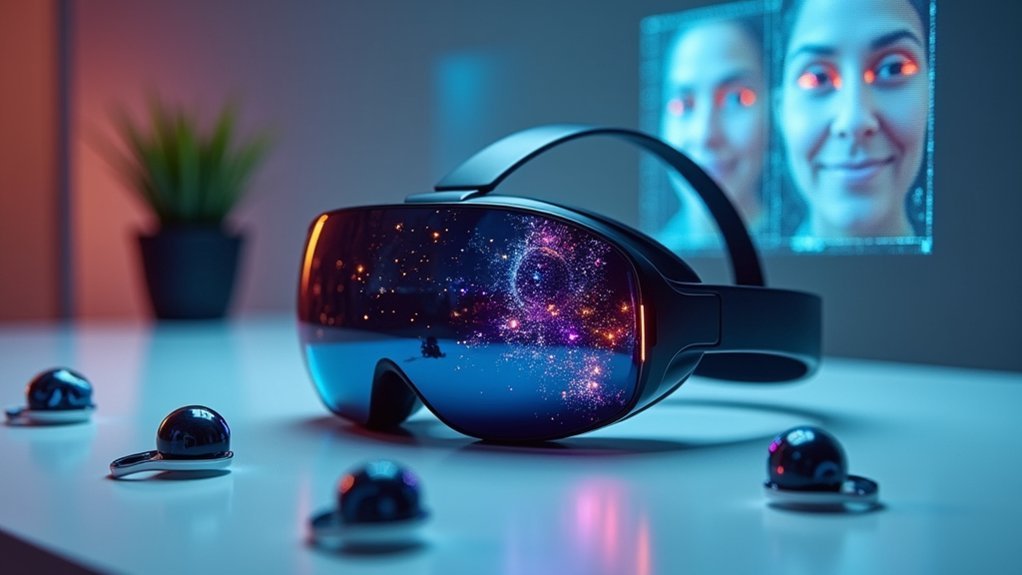
Innovation in VR facial tracking technology is rapidly accelerating toward hyper-realistic expression rendering that will fundamentally transform how you experience virtual worlds.
AI-driven algorithms will soon generate naturalistic facial movements while requiring fewer sensors, making systems more accessible and comfortable. As highlighted by recent developments, full-body motion tracking capabilities will enhance facial expression systems by providing comprehensive avatar animation that captures users’ complete physical presence.
AI is revolutionizing facial tracking by creating more natural expressions with simpler hardware, democratizing immersive VR experiences.
You’ll notice improvements in real-time synchronization as GPU optimizations reduce latency between your expressions and your avatar’s response.
These advancements will extend beyond gaming to revolutionize virtual therapy, collaboration, and social spaces where multiple avatars can display unique emotional nuances simultaneously.
For users with mobility limitations, facial expression controls will offer new pathways for VR interaction, eliminating traditional controller requirements.
The coming integration of facial, eye, and body tracking will create seamless avatar animation that conveys your complete emotional presence.
Frequently Asked Questions
How Does Face Tracking Impact VR Performance and Battery Life?
Face tracking enhances your VR immersion with responsive interactions, but it’ll increase power consumption. You’ll notice improved accuracy and reduced latency, though your battery life will suffer unless you’re using optimized, efficient algorithms.
Can Face Tracking Work Accurately With Facial Hair or Glasses?
Face tracking can work with facial hair and glasses, but you’ll experience reduced accuracy. Dense beards or reflective frames create more challenges. Modern systems using multi-camera setups and ML-trained algorithms handle these occlusions increasingly well.
What Privacy Concerns Arise With VR Face Tracking Technologies?
Your data from VR face tracking raises major privacy concerns: it captures your emotions, creates detailed behavior profiles, and may be shared with third parties without your full understanding or consent.
How Do Face Tracking Systems Handle Different Ethnicities and Facial Structures?
Face tracking systems handle ethnic diversity through culturally calibrated algorithms, diverse training datasets, and specialized adjustments for varied skin tones, facial structures, and expressions. You’ll notice better tracking when developers prioritize inclusive design approaches.
What Training Is Required to Optimize Facial Expressions for VR Interactions?
You’ll need to train with FACS principles, emotion recognition techniques, and real-time animation systems. Practice with CNN-based models and audio-visual synchronization while using interfaces like RayMoji or EmoGest for ideal expression control.
In Summary
You’re witnessing a revolution in VR face tracking, where software and hardware solutions are converging to capture even the subtlest facial expressions. Whether you’re developing social VR platforms or creating immersive entertainment, these technologies will transform how you communicate in virtual worlds. As AI and computer vision advance, you’ll soon experience facial tracking so natural you’ll forget it’s technology at all.
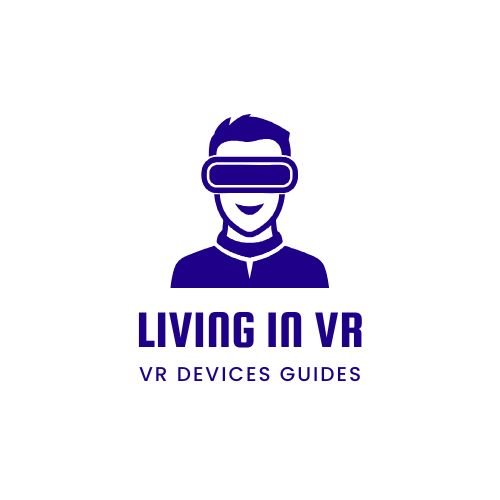
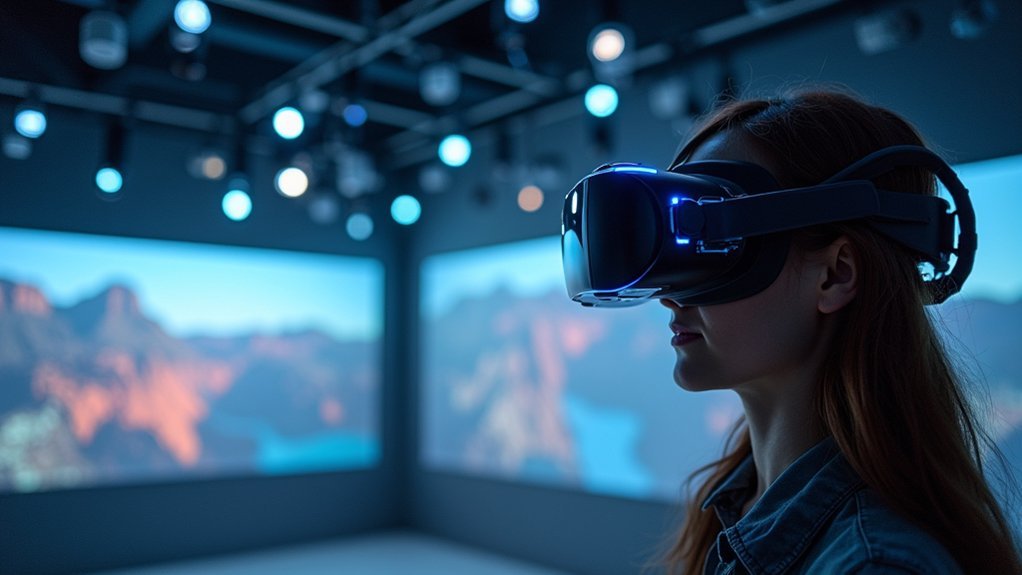

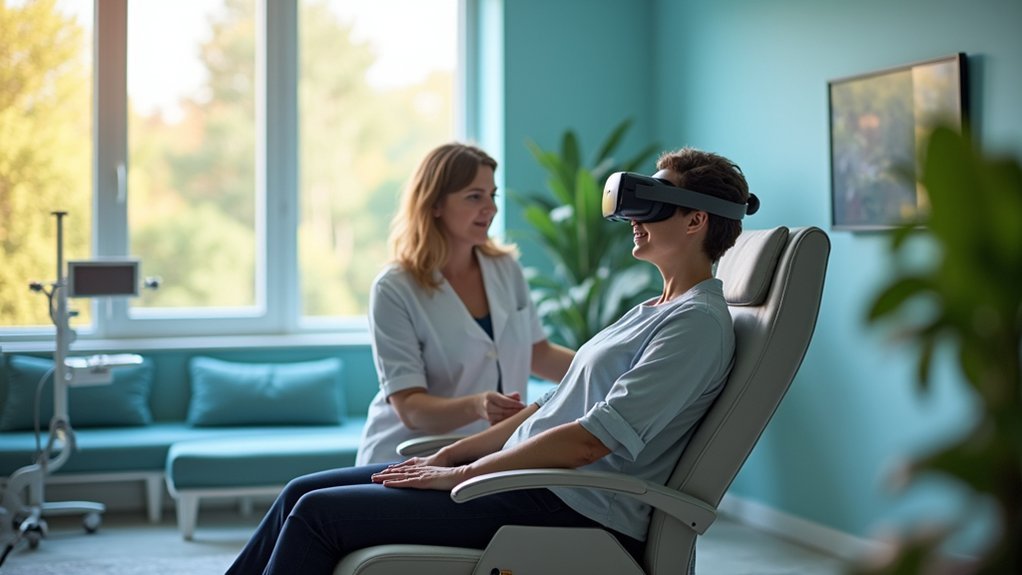
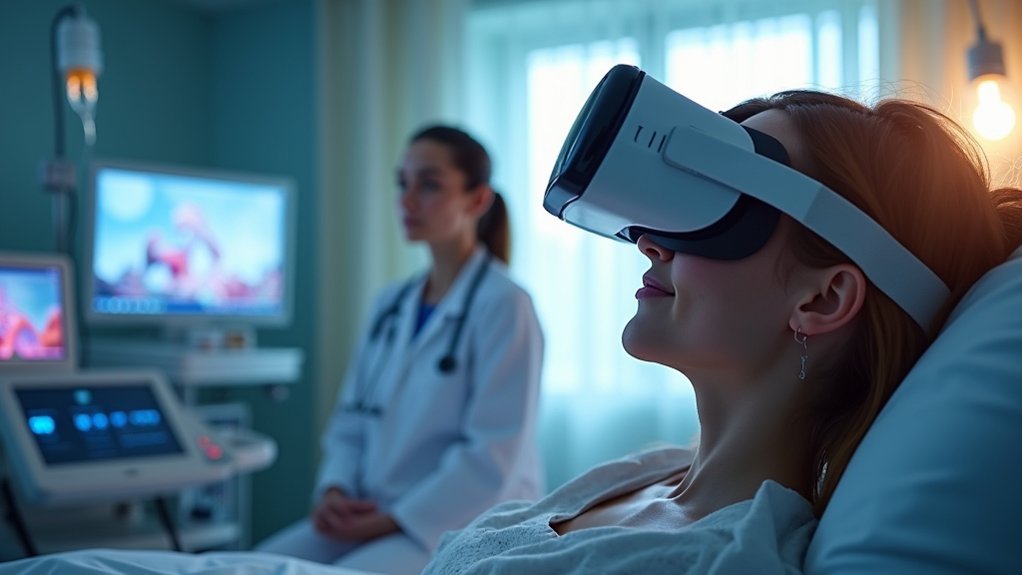
Leave a Reply